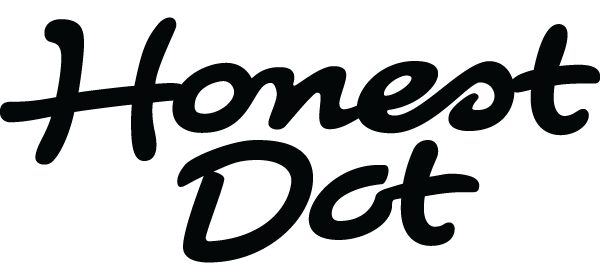From Rough Ideas to Digital Product: How to Help First-Time Entrepreneurs Secure Funding?

Tarock is a startup specializing in personality testing and analysis. The founder combined academic and industry experience to develop a new, more accurate personality assessment method, improving upon traditional methods like MBTI.
Challenge
The founders of Tarock were first-time entrepreneurs with no design or development experience. For a startup at this early stage, my role wasn’t just as a design consultant—I ended up being more like a virtual design co-founder.
From the design strategy to execution, from branding to UI, I was there to help the founders build Tarock from scratch.
Discovery Phase
Like many early-stage startups, Tarock started with a broad goal: build an MVP that could attract users and investors.
Before the project officially kicked off, I worked closely with the founders to shape their product, UX, and brand strategy.
I learned about their business model and long-term vision, while they got crash courses in product design. By the end, we had a clear, actionable plan for product, UX, and branding.
Progress
01
To deeply understand the market and audience, the first phase focused on market analysis and user research. I tested competitor products, interviewed potential users, and helped Tarock define its positioning.
In the process, I identified high school and college-aged young women as the target audience, shaping the direction for all future design decisions.
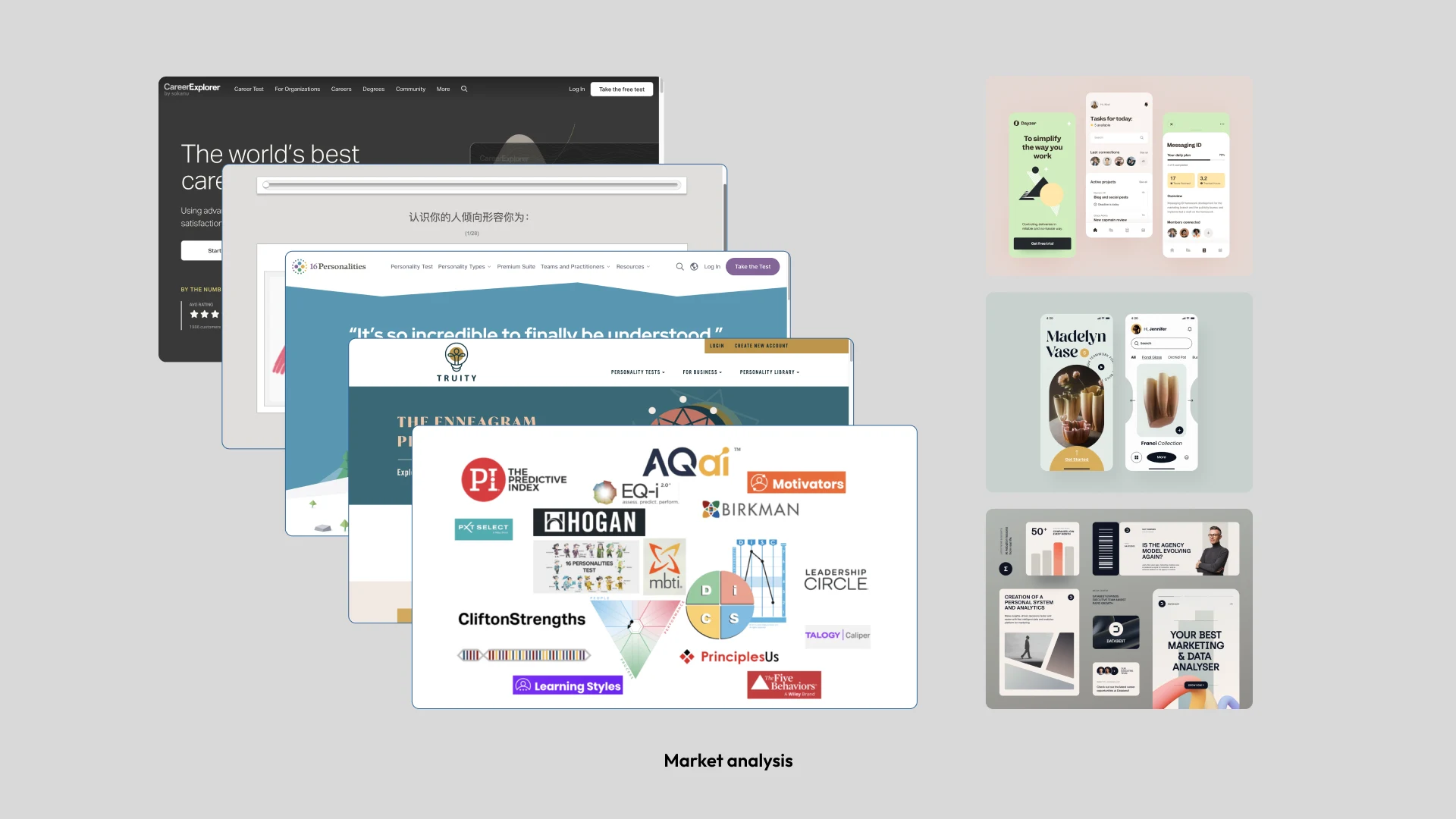
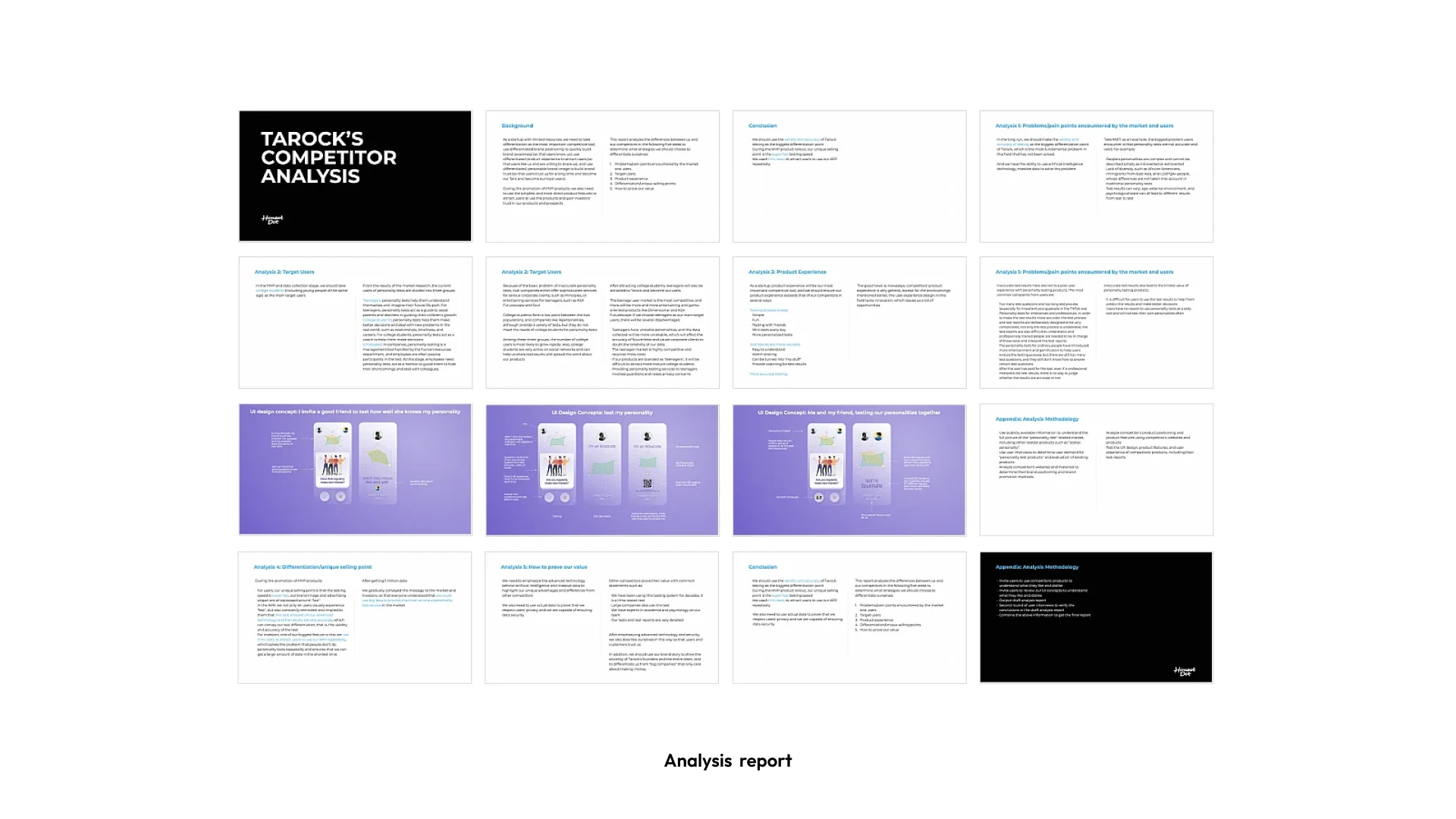

Progress
02
Next came branding. I developed Tarock’s branding, defining its strategy, positioning, and narrative, not just its logo.
This made abstract design strategies tangible, giving the team a clear, shared vision of how Tarock’s MVP app should look, feel, function, and connect with users. For a startup like Tarock, this was especially crucial. When you can “see” your future users directly, it helps you make more accurate design decisions.
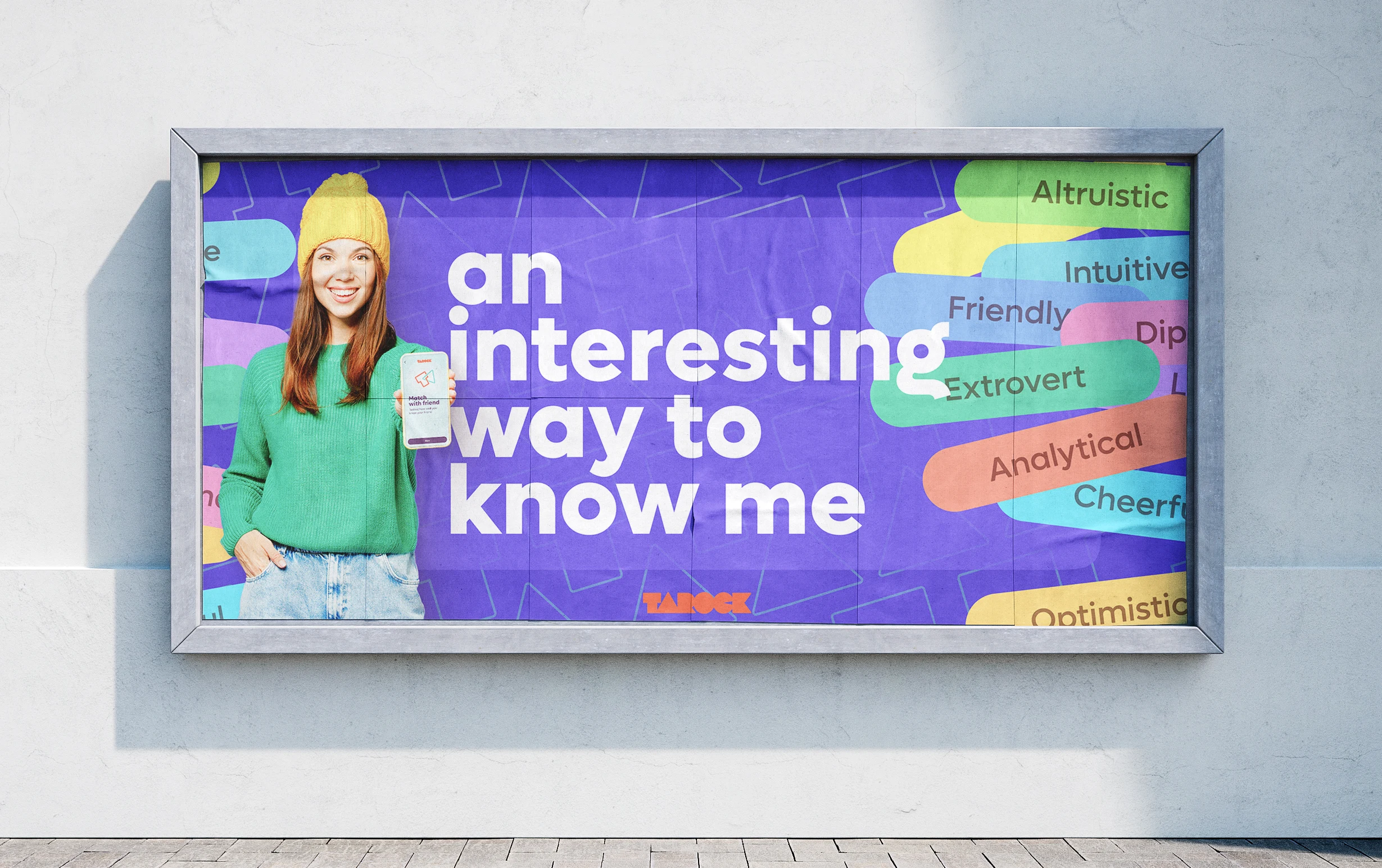
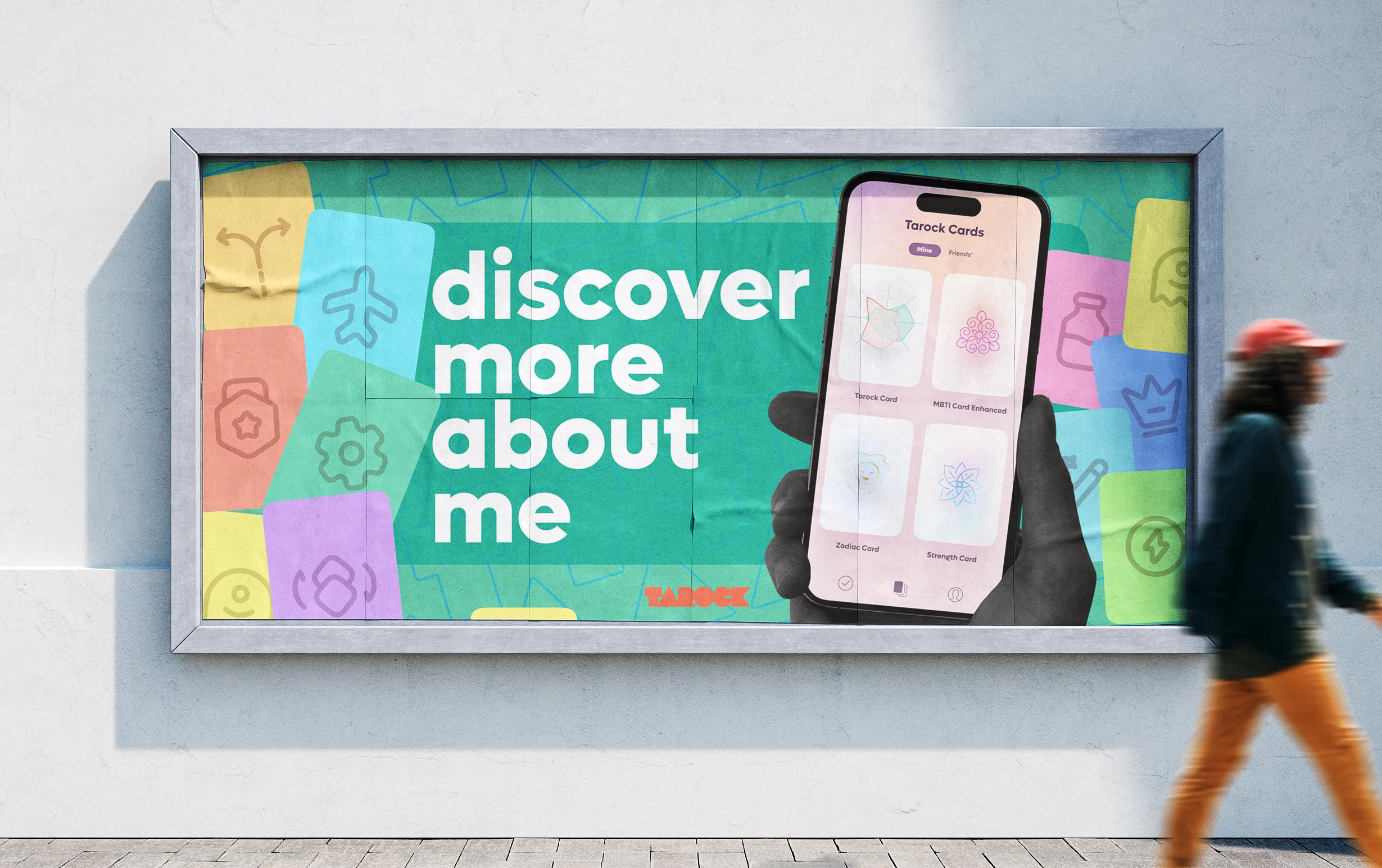
Progress
03
Like many early-stage startups, Tarock didn’t have a dedicated product manager. Most product decisions were based on simple feature descriptions, rough flowcharts, and conceptual wireframes, making UI design the primary way to shape the product.
With UI design as the next focus, my role expanded to both product and UI designer. I translated abstract ideas into high-fidelity, interactive prototypes, refining incomplete workflows into real user flows and giving the founders a clearer vision of the product’s direction and functionality.
I also contributed to feature design, including “Match With Friend” mode, adding more social and gamified elements to the Tarock app.
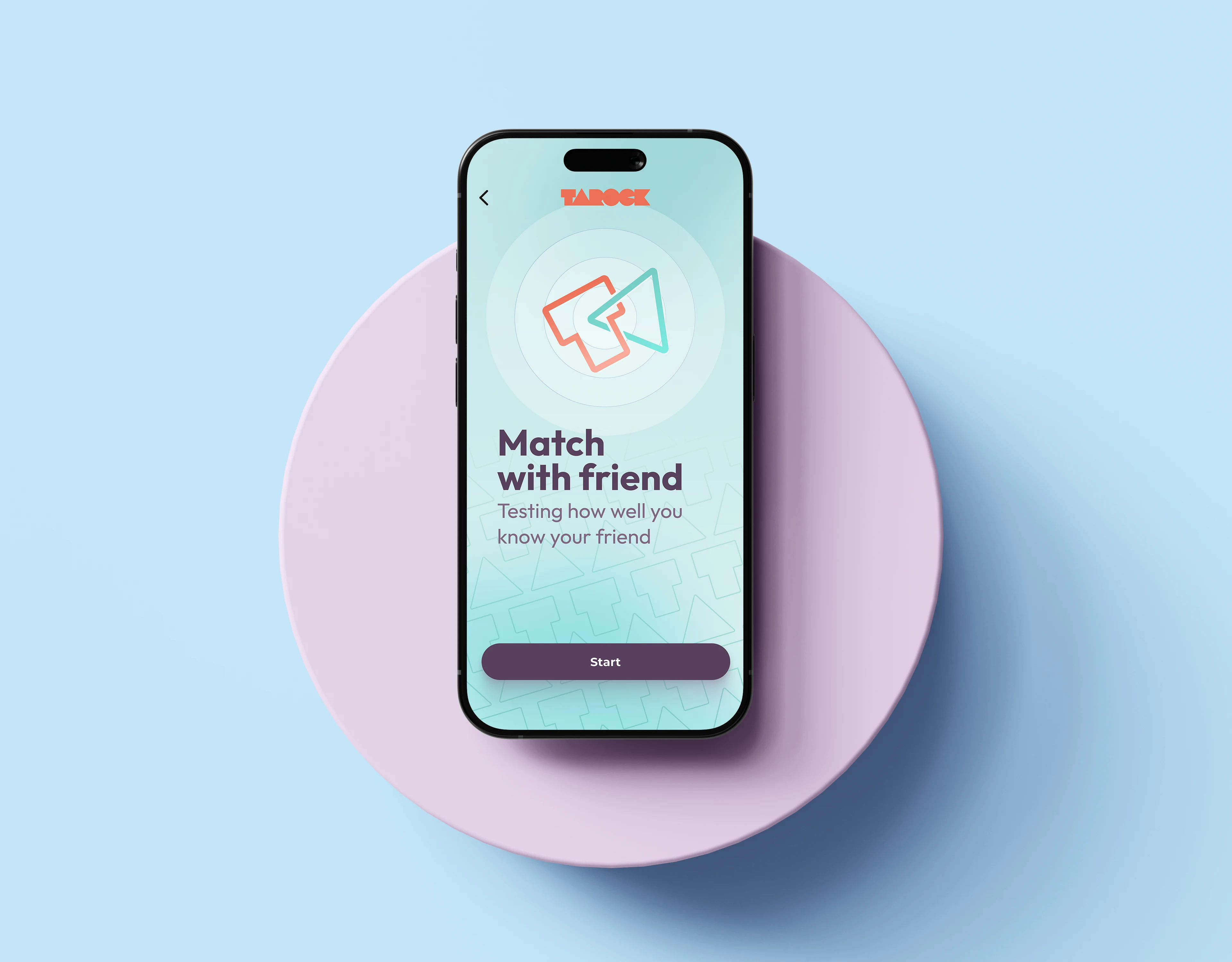
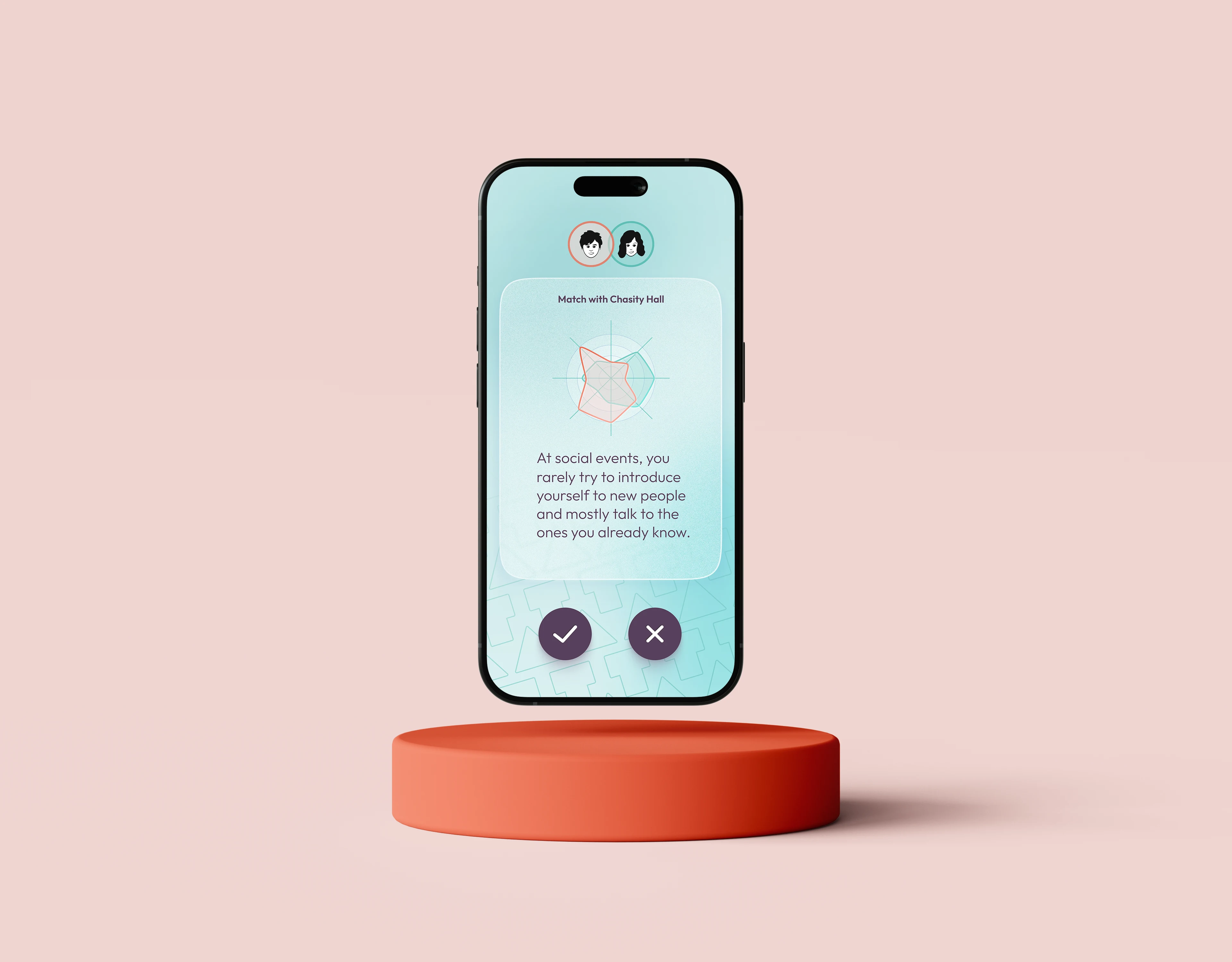


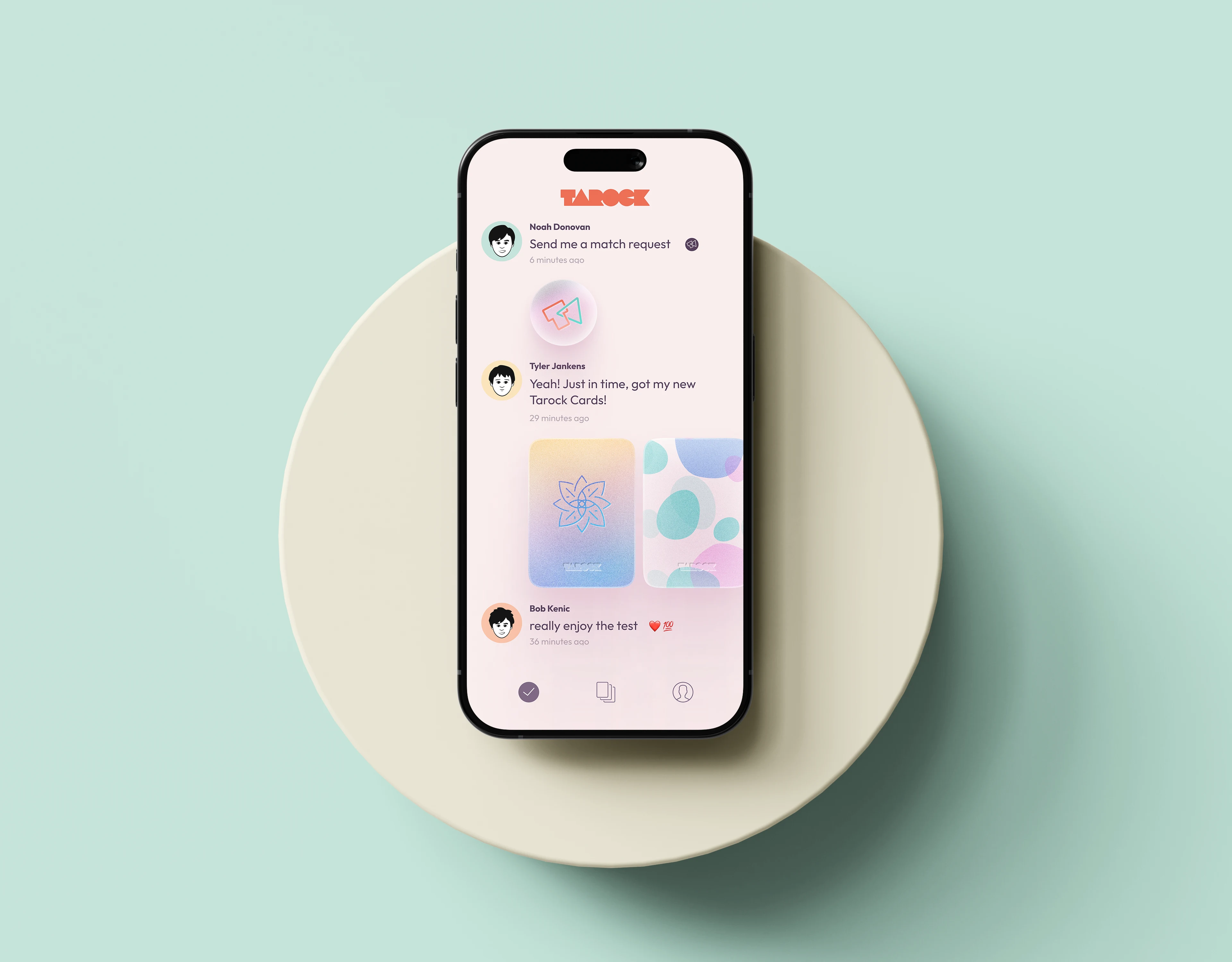

Results
The early market analysis and user research set Tarock’s product in the right direction. Branding strategy and design established its unique market position. The combination of brand, user insights, and UI gave the app its appeal and energy.
All these efforts paid off—they secured the crucial angel investment they needed, taking their first big step as first-time founders.
